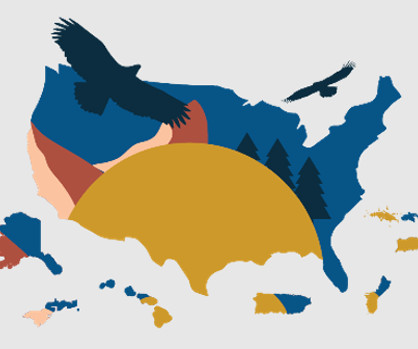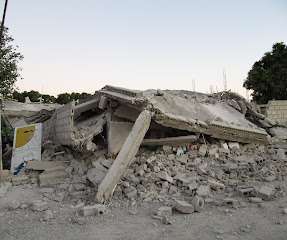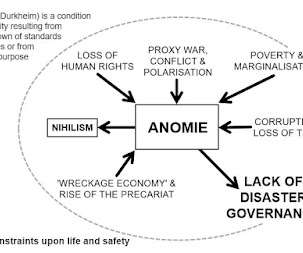Book Review: The Invention of Disaster
Recovery Diva
MAY 7, 2022
Book Review: The Invention of Disaster: Power of Knowledge in Discourses of Hazard and Vulnerability. The book is part of Routledge Studies in Hazards, Disaster Risk and Climate Change. is a disaster risk management specialist, currently working for the Pacific Disaster Center (PDC Global).
















Let's personalize your content